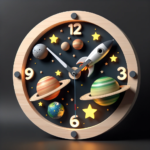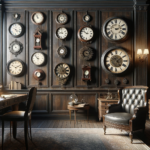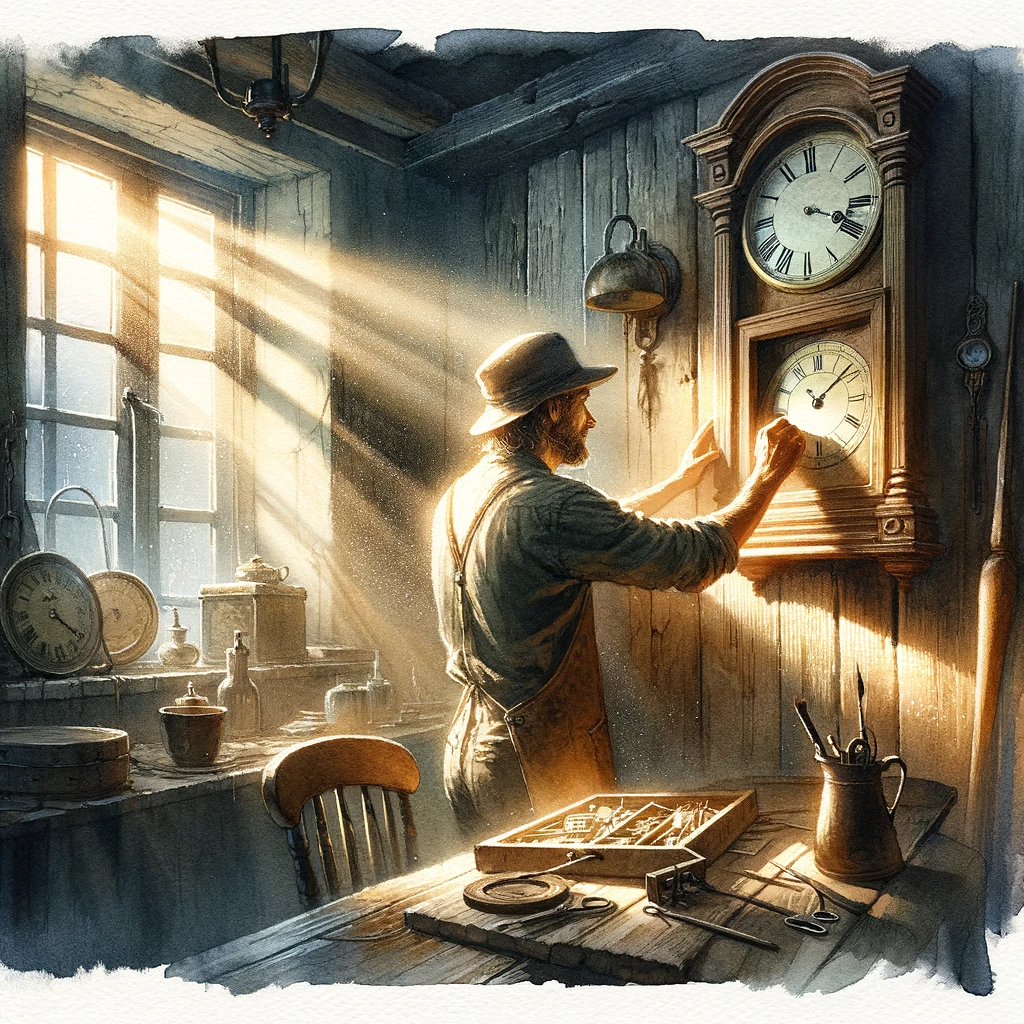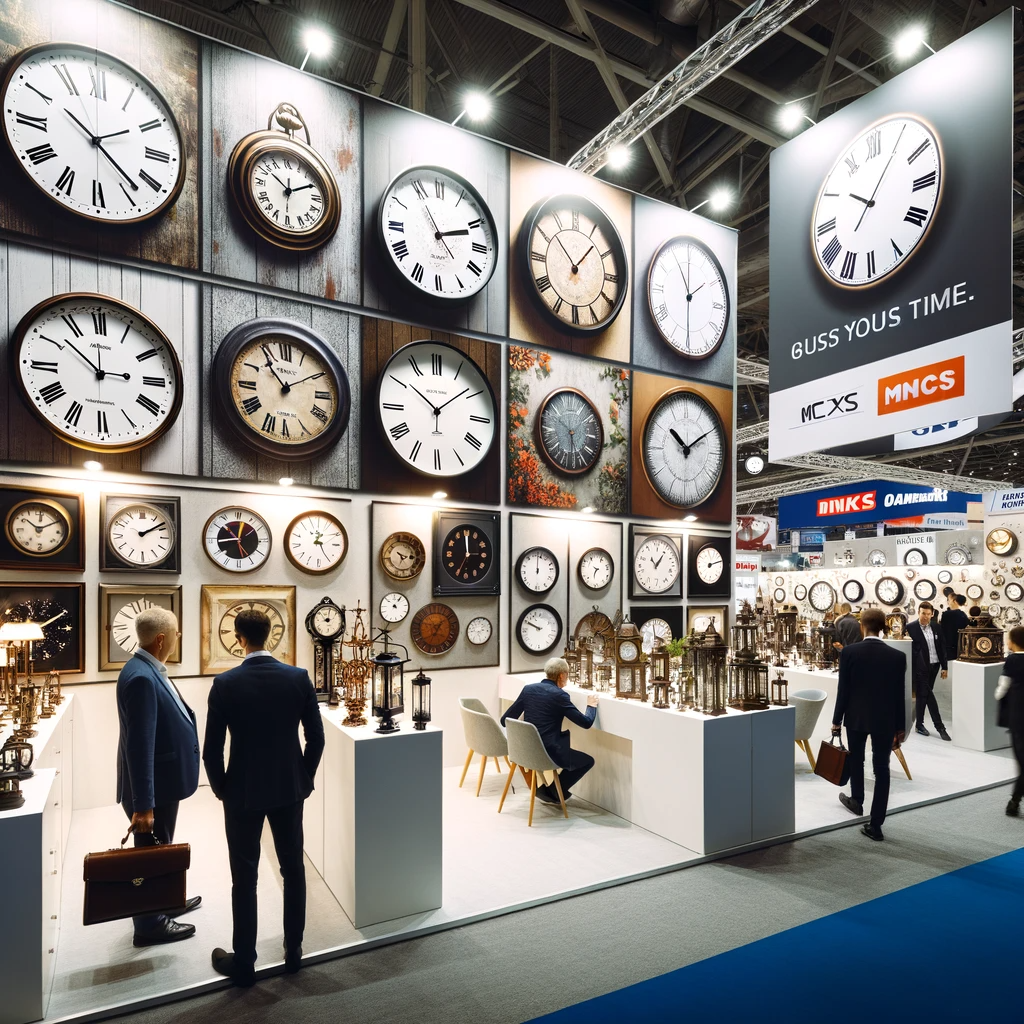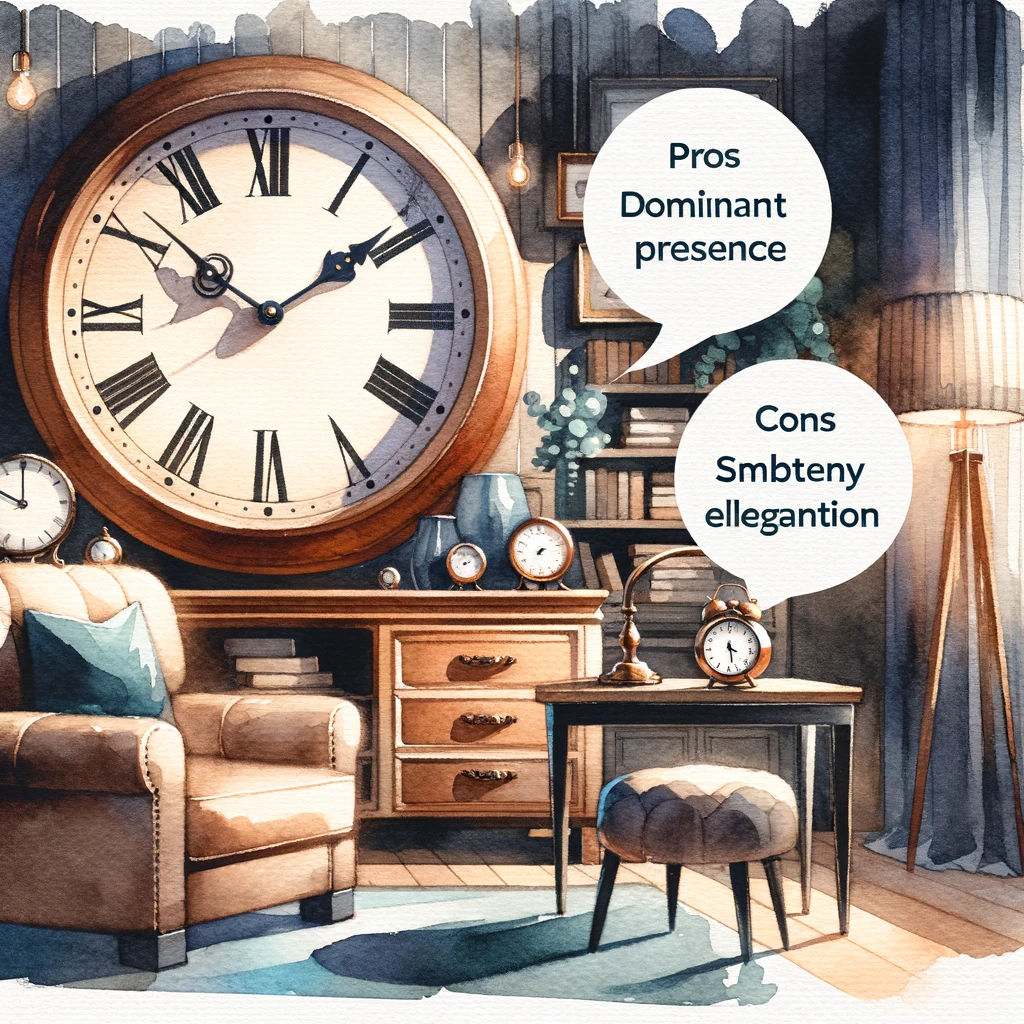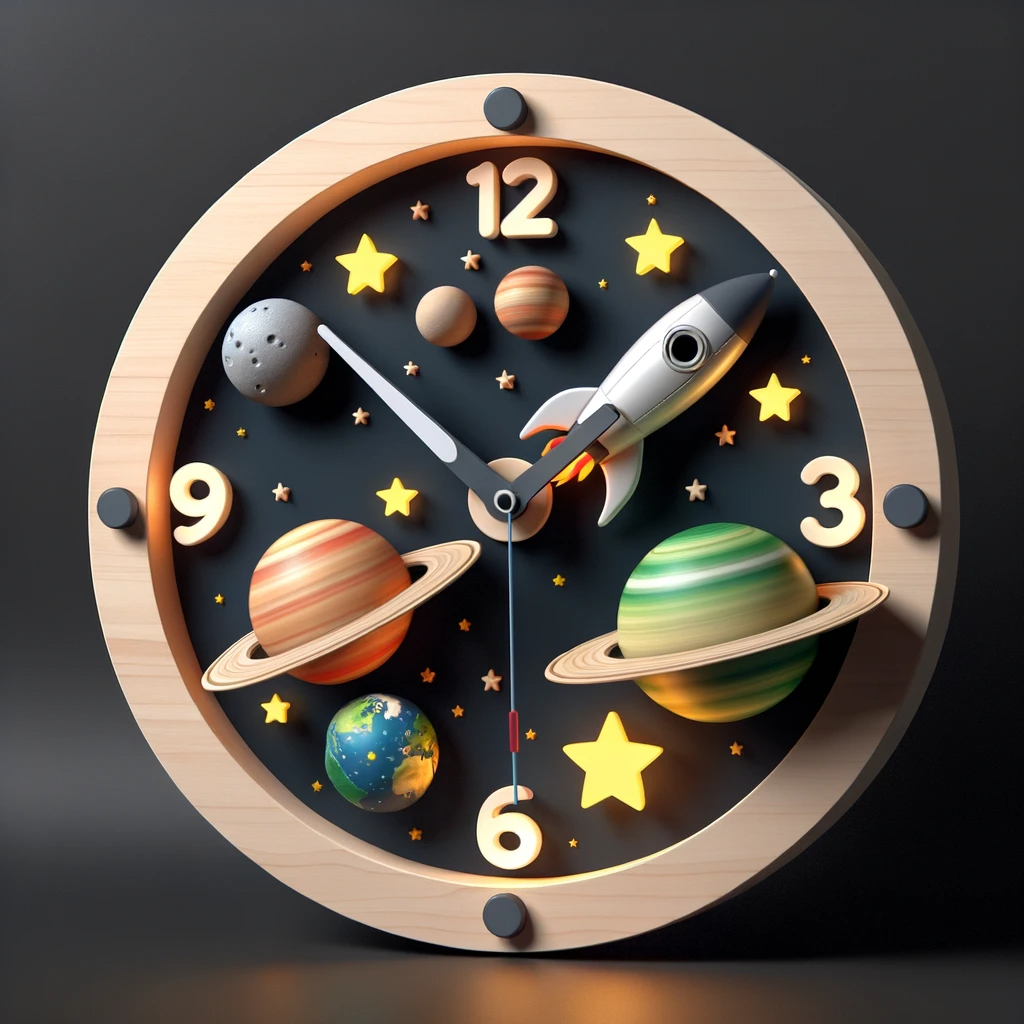Introduction
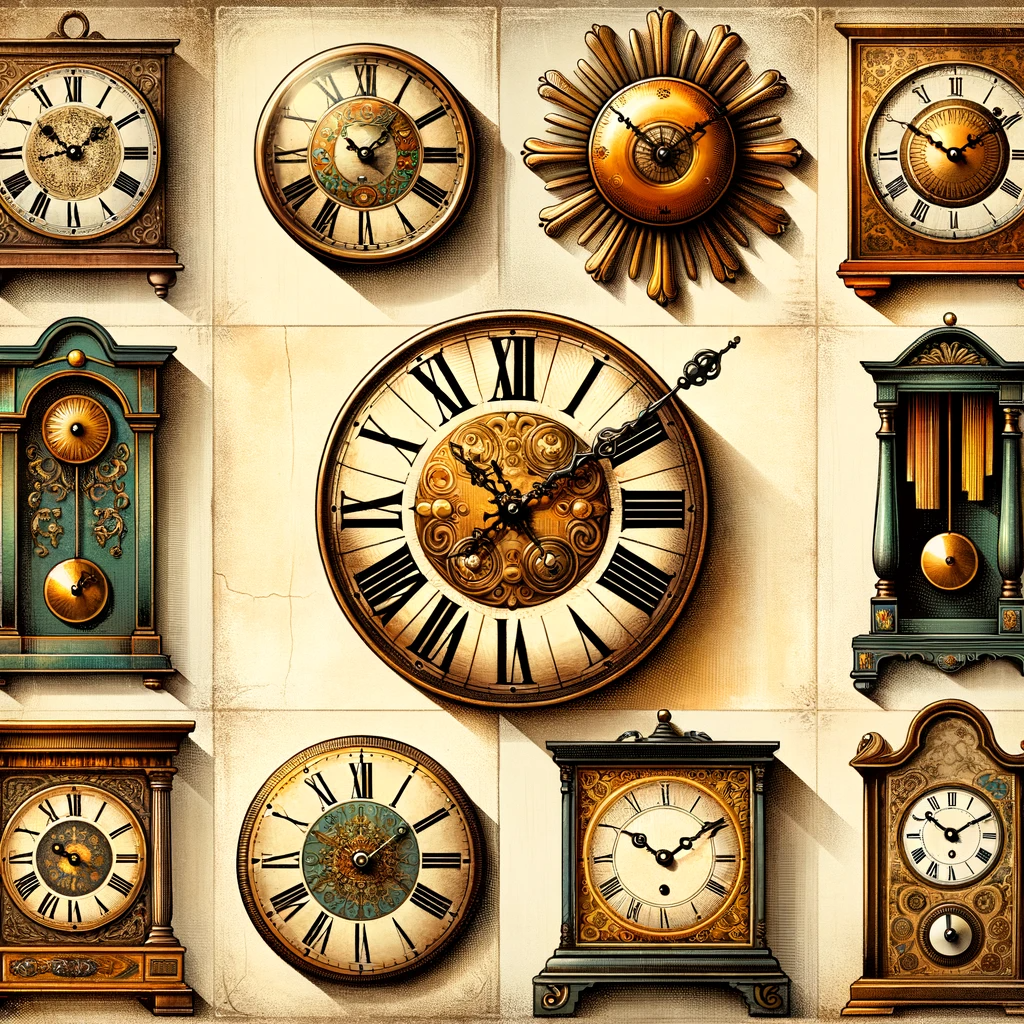
Wall clocks have been an integral part of human life for centuries. These timepieces serve not only the practical purpose of telling time but also hold significant historical and cultural value. Through their evolution, wall clocks have become more than mere functional objects; they have become symbols of craftsmanship, artistry, and human ingenuity.
A Brief History of Wall Clocks
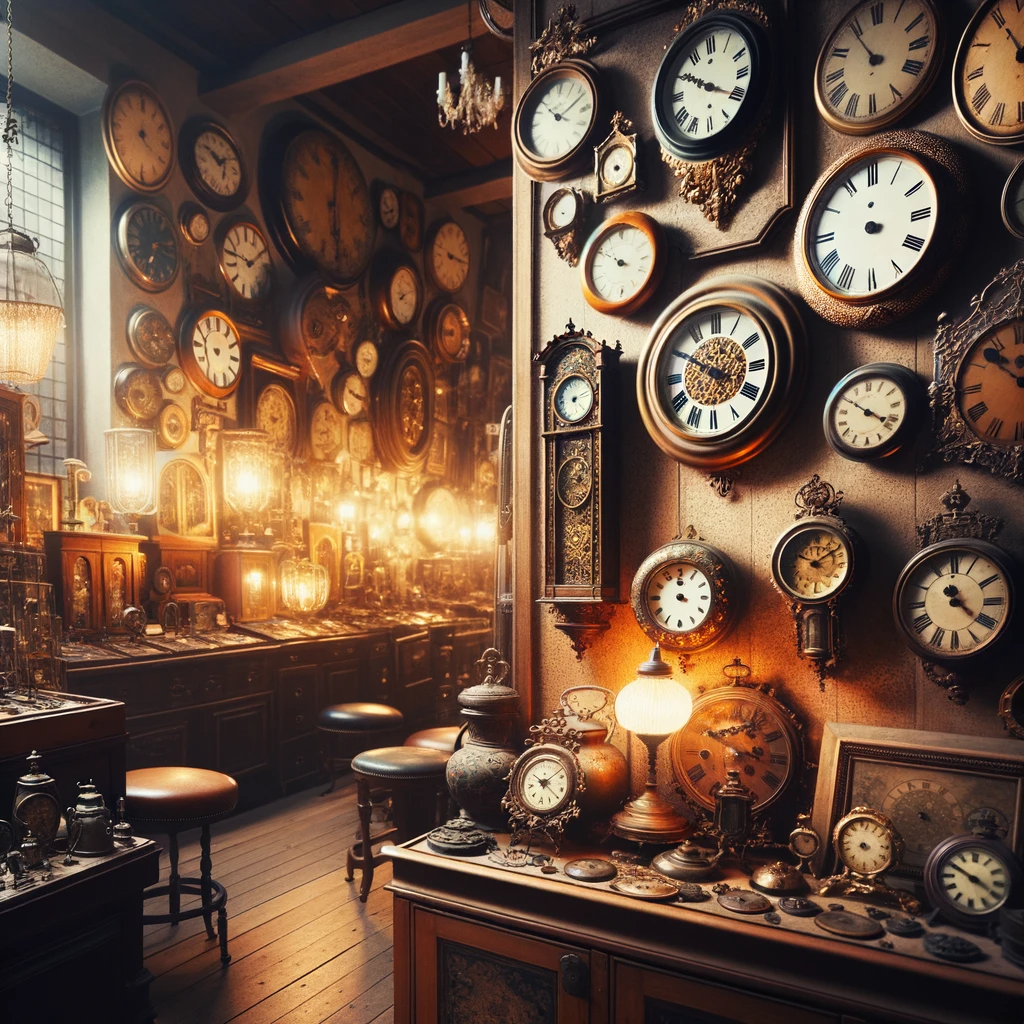
Ancient civilizations developed various timekeeping methods, but it was during the Middle Ages that mechanical clocks emerged in Europe. The first mechanical wall clock, known as a verge escapement clock, appeared in the 14th century. These early clocks relied on a swinging pendulum to keep time.
During the Renaissance period, advancements in clockmaking technology introduced the use of minute hands and hour hands on dials as well as the incorporation of weights and springs for power. The development of portable spring-driven clocks in the late 15th century marked a significant milestone.
In the 17th century, clockmakers like Christiaan Huygens improved accuracy by introducing pendulum-controlled movements. This innovation led to a golden age of clockmaking during the 18th century when highly decorated and intricately crafted wall clocks became prized possessions among affluent households.
The Importance of Antique Wall Clocks in Preserving History and Craftsmanship
Antique wall clocks offer valuable insights into our past while showcasing exceptional craftsmanship. Each antique clock carries a unique story, reflecting its era’s art styles, technological advancements, and cultural influences.
By studying antique wall clocks’ designs and mechanisms from different periods, we gain a deeper understanding of technological progress throughout history. Preserving antique wall clocks is essential for maintaining our connection to traditional craftsmanship techniques that may otherwise be forgotten or lost over time.
Examining these timepieces allows us to appreciate artisans’ skills who meticulously handcrafted each component with precision—be it intricate wood carvings, detailed enamel work on dials, or delicate metalwork. Moreover, antique wall clocks serve as tangible links to our ancestors’ daily lives.
These timepieces adorned the walls of homes, offices, and public spaces for generations, ticking away the passage of time and witnessing historical events unfold. Owning and maintaining these pieces allows us to keep history alive and pass it on to future generations.
Grandfather clocks:
- Grandfather clocks are tall, freestanding timepieces that typically stand over six feet tall.
- They feature a pendulum and weights to regulate their movement. – The cases are often made of wood and adorned with intricate carvings, providing an elegant and grand appearance.
Regulator clocks:
- Regulator clocks are known for their accuracy and precision, making them popular in scientific settings.
- They have a weight-driven mechanism enclosed in a rectangular case with a glass front.
- The dials are usually simple, displaying hours, minutes, and seconds separately.
Vienna regulators:
- Vienna regulators originate from Austria and gained popularity in the 19th century.
- These wall clocks typically have ornate wooden cases with elaborate carvings or inlays.
- They emphasize elegance and sophistication while maintaining accurate timekeeping.
Schoolhouse clocks:
- Schoolhouse clocks were commonly found in educational institutions during the late 19th and early 20th centuries.
- These wall clocks feature large dials with clear numerals to facilitate easy reading from a distance.
- Often housed in simple wooden cases or metal frames, they offered durability for high-traffic areas.
Banjo clocks:
- Banjo clocks derive their name from the shape of their cases, which resemble the musical instrument’s silhouette.
- These wall clocks typically have brass or wooden frames with convex glass protecting the dial.
- Decorative motifs such as eagles or floral designs adorn the top of the case, adding aesthetic appeal.
Factors to Consider When Collecting
Age and authenticity:
- Age is an important factor when collecting antique wall clocks since older pieces hold historical significance.
- Authenticity ensures that the clock is an original creation from a renowned maker or manufacturer. Condition and functionality:
- Clock collectors must assess the condition of the clock’s case, movement, and components.
- The overall functionality determines if the clock runs accurately and reliably.
Rarity and desirability:
- Rare wall clocks, such as limited production models or those made by esteemed makers, are highly sought after.
- Desirability involves personal preference for specific styles or designs, which may impact a collector’s choices.
Considering these factors when collecting antique wall clocks allows enthusiasts to build a diverse and valuable collection that represents different styles and eras.
Each type of clock possesses unique attributes that contribute to its historical significance and aesthetic appeal. By carefully assessing age, authenticity, condition, functionality, rarity, and personal preference, collectors can curate a collection that tells a rich story about the craftsmanship and heritage of antique wall clocks.
Identifying Antique Wall Clocks:
Styles and Characteristics of Different Eras
During the Late 17th to early 19th century, the Early American era, antique wall clocks were characterized by their tall cases with either brass or wooden dials. These dials often featured hand-painted or engraved decorations, showcasing the craftsmanship of the time. The mechanism used in these clocks was weight-driven, adding to their unique charm.
Moving on to the Mid-19th century Victorian era, antique wall clocks took on a more ornate appearance. The cases became intricately carved and showcased exquisite details.
The dials, usually made of porcelain, displayed Roman numerals for a classic touch. These clocks were driven by a pendulum mechanism that added to their elegance and functionality.
Researching Clockmakers and Manufacturers
Delving into the world of antique wall clocks involves exploring the contributions of notable clockmakers throughout history. In America during this time period, Eli Terry, Seth Thomas, and Chauncey Jerome made significant impacts with their exceptional craftsmanship. Their creations are highly sought after by collectors worldwide.
Meanwhile, in Germany, clockmakers such as Gustav Becker, Friedrich Mauthe, and Junghans gained prominence for their precision and innovation in clockmaking. Their creations exemplify German craftsmanship at its finest.
Restoration of Antique Wall Clocks:
Assessing the Condition of the Clock
Before embarking on restoration work for an antique wall clock, it is crucial to assess its condition thoroughly. This involves examining the case for any signs of damage or wear that may require repair or restoration.
Additionally, evaluating the functionality of the movement is essential to ensure proper operation once restored. Checking for any missing or damaged parts is also crucial during this assessment stage.
Cleaning and Servicing the Movement
Once the condition assessment is complete, the next step in restoring an antique wall clock involves cleaning and servicing the movement. Careful cleaning of all components is necessary to remove dirt, dust, and grime that may have accumulated over time. Servicing the movement involves lubricating the necessary parts to ensure smooth operation.
Conclusion

Identifying antique wall clocks requires a keen eye for different styles and characteristics exhibited during various historical eras. The research into clockmakers and manufacturers adds depth to understanding their contributions to horological history.
Additionally, when undertaking restoration work on an antique wall clock, assessing its condition becomes crucial in providing proper care and attention.
By following these steps, collectors and enthusiasts can fully appreciate the beauty and craftsmanship of these timeless timepieces while preserving their historical significance. Remember that each tick of an antique wall clock carries with it a piece of history, reminding us of our connection to the past while celebrating human ingenuity.



